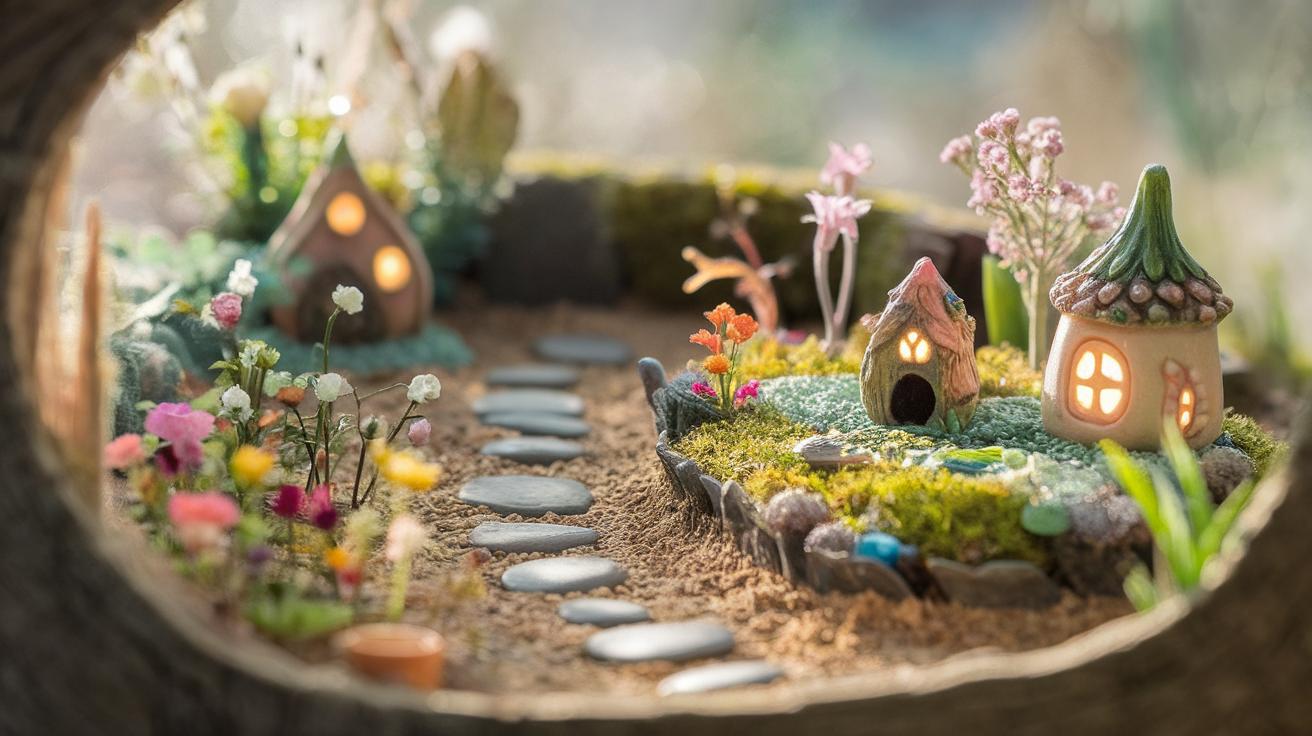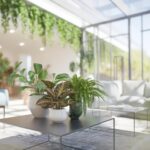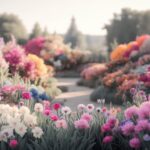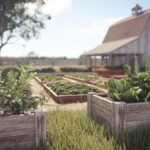Introduction
Garden design layout is an integral part of creating stunning outdoor spaces that reflect the beauty of nature while addressing the practical needs of the garden owner. This art form encompasses not only the selection of plants but also the thoughtful arrangement of hardscaping elements such as pathways, seating areas, and water features. An effective garden design layout takes into consideration various factors ranging from local climate and soil conditions to the personal style and functional requirements of the space. By exploring the principles and elements of garden design, individuals can transform their gardens into visually appealing sanctuaries that invite relaxation and enjoyment.
The allure of a well-designed garden extends beyond mere aesthetics; it also enhances the property’s value and fosters a deeper connection with nature. As more people recognize the importance of outdoor spaces for relaxation and recreation, the demand for innovative and functional garden designs has surged. This article delves into the essential aspects of garden design layout, equipping readers with the knowledge to create their own enchanting landscapes while considering both visual appeal and practical utility.
Understanding Garden Design Basics The Importance of Layout
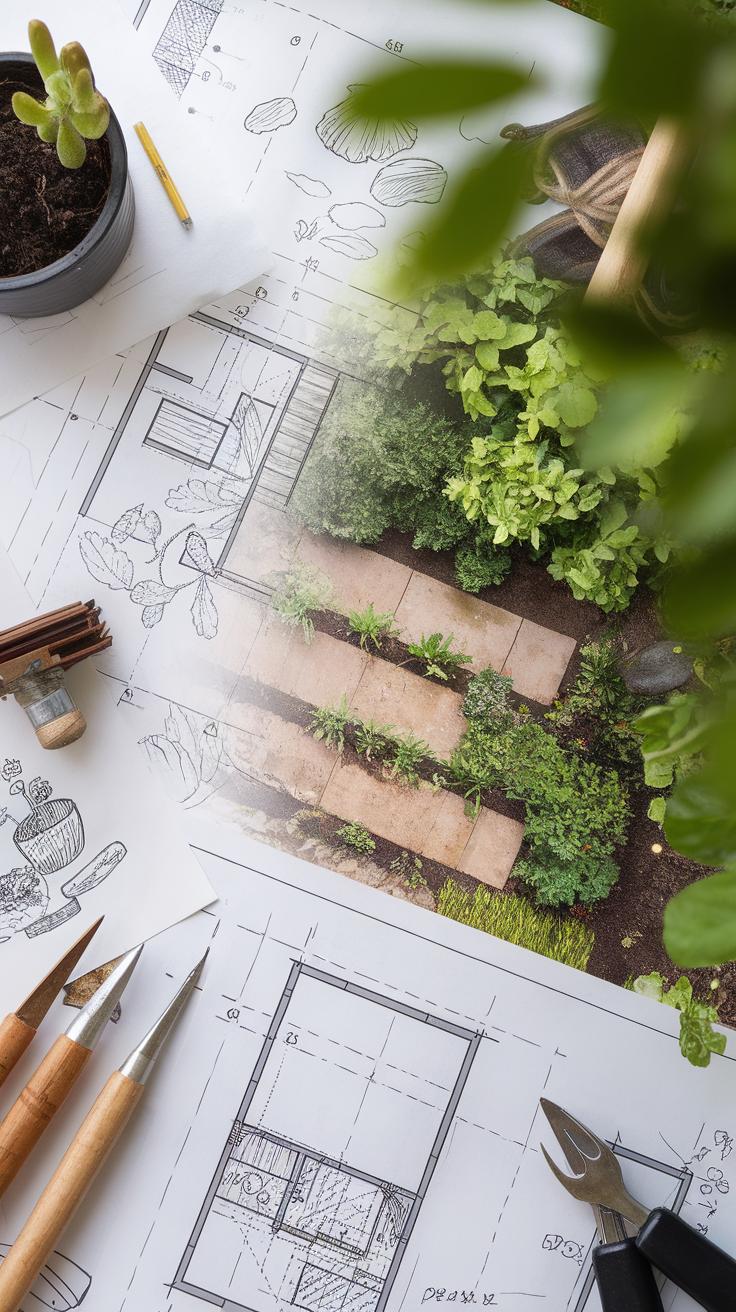
Foundational Principles of Garden Design
Creating a visually appealing garden layout involves understanding essential principles such as balance, proportion, scale, and unity. Balance refers to distributing visual weight in a garden, which can be symmetrical or asymmetrical. Proportion relates to the size of various garden elements in relation to one another and the overall space. Scale plays a vital role, ensuring that plants, structures, and features fit harmoniously within the garden environment. Unity ties these elements together, creating a coherent theme that enhances the garden’s entire aesthetic. Each of these principles contributes significantly to establishing a landscape that not only captivates the eye but also creates a seamless flow in outdoor spaces.
Elements of Effective Garden Layout
Incorporating various elements into the garden design enhances its overall appeal. Hardscaping, including paths and structures, complements softscaping, which involves the plants and greenery selected. Texture provides interest, while color choice influences mood and atmosphere. The layout should also consider the interaction between these elements and the surrounding environment. Each component should work synergistically to evoke a sense of place, allowing the garden to transform into an inviting outdoor oasis that feels intentional and thoughtfully designed.
Evaluating Site Conditions Essential Factors in Garden Design Layout
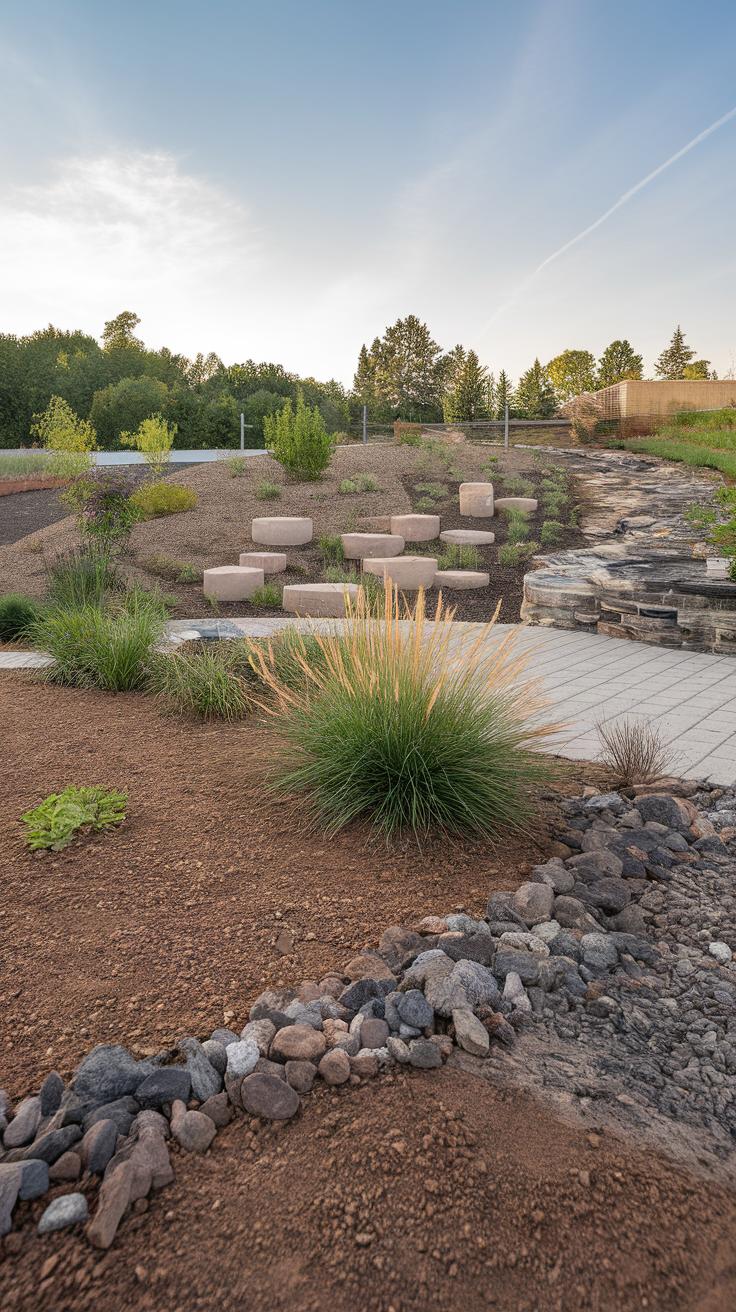
Assessing Soil Quality and Composition
Understanding soil quality is a fundamental step in garden design. Begin by testing the soil for pH, texture, and nutrient content to determine its suitability for various plant species. Amending the soil with organic matter or fertilizers can significantly enhance its fertility and drainage capabilities. Recognizing the specific needs of potential plants allows for better placement within the garden layout.
Sunlight Exposure Considerations
Evaluating sunlight exposure is vital for plant health and growth. Observe how sunlight moves across the site throughout different times of the day. Areas that receive full sun will support a different set of plants compared to shaded spots. Documenting these patterns aids in the strategic placement of plants, ensuring optimal light conditions throughout the growing season.
Mark existing landscape features, such as trees, slopes, and water bodies, to create a coherent garden design. These elements will interact with new plantings and should be considered from the outset to develop a harmonious and aesthetically pleasing outdoor environment.
Laying Out the Hardscape Building the Foundation of Garden Design
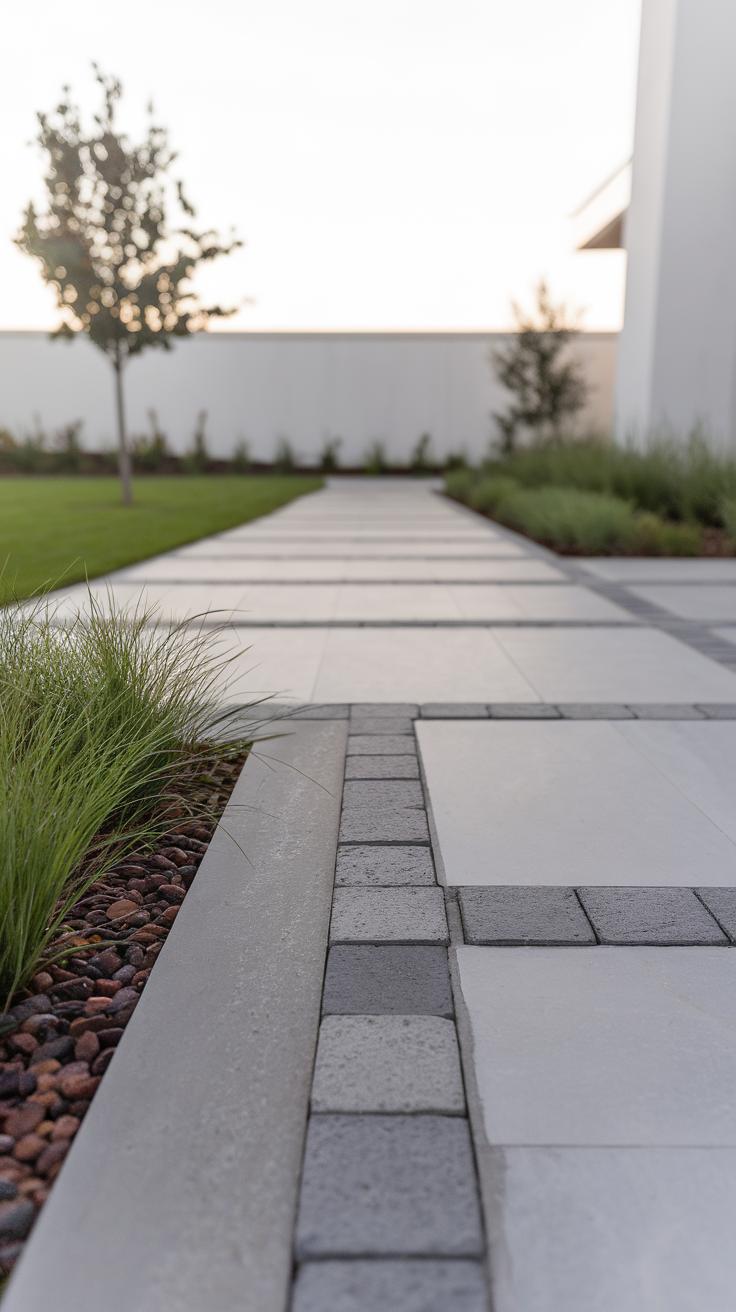
Creating Structure with Pathways and Walls
Hardscaping elements serve as the backbone of any garden layout, influencing not only the functionality but also the aesthetic appeal of outdoor spaces. Pathways provide clear routes through a garden, guiding visitors while allowing for easy navigation. Materials such as stone, brick, or gravel can create distinct pathways that harmonize with the surrounding natural elements. Retaining walls serve a dual purpose, offering support for soil and creating visual interest. These walls can be crafted from various materials, including timber and natural stone, adding textural contrasts.
Incorporating Seating Areas for Relaxation
Seating areas play a vital role in enhancing the landscape’s usability and enjoyment. Thoughtfully positioned benches, lounges, or even hammocks can transform a garden into a welcoming retreat. Consideration should be given to the layout, ensuring these spaces align with key focal points—such as vibrant flower beds or tranquil water features. By integrating hardscape components in a visually coherent manner, the entire garden layout becomes a cohesive outdoor space that invites relaxation and engagement with nature.
Selecting the Right Plants Enhancing Visual Appeal in Garden Layouts
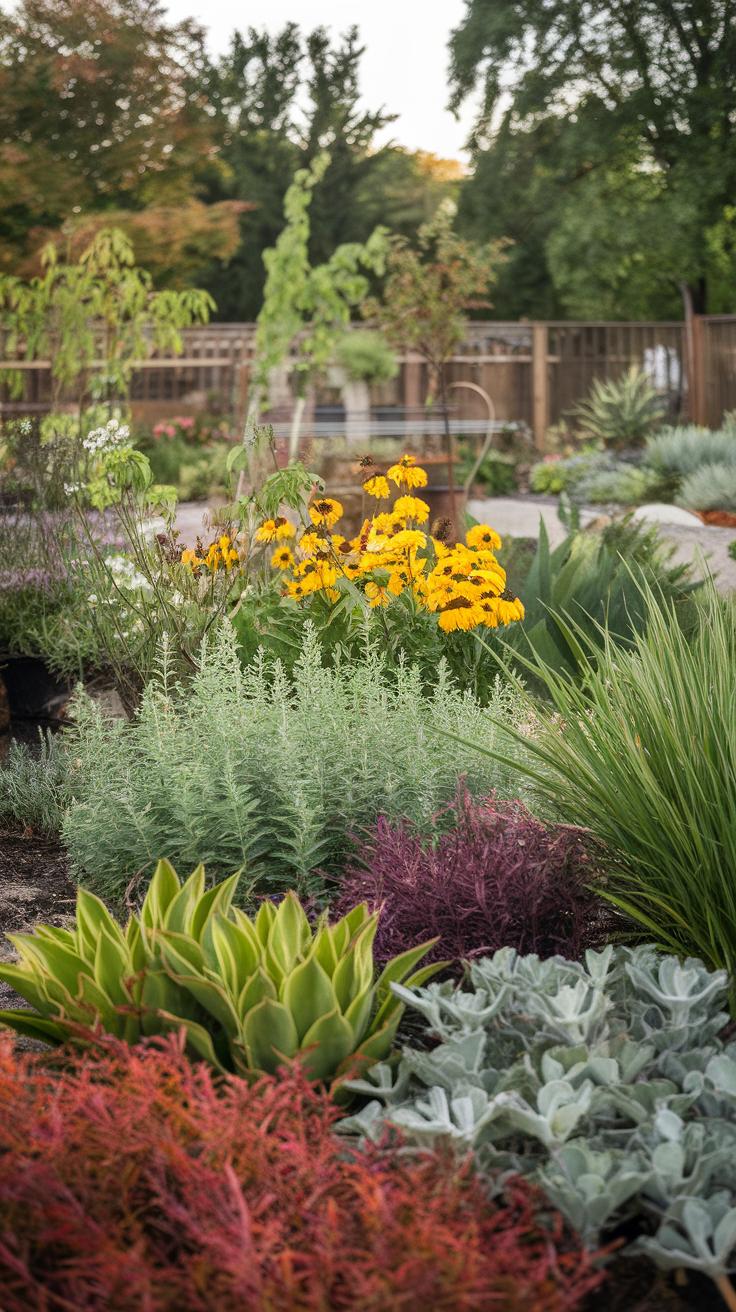
Criteria for Plant Selection
Choosing the right plants is a critical element in achieving a harmonious garden design layout. Hardiness is paramount; selecting plants suited to the local climate and soil conditions ensures longevity and vitality. Investigating growth habits is also essential, as understanding whether a plant will spread rapidly, grow tall, or remain compact helps create visual balance and spatial harmony within the garden. A thoughtful selection of plants can draw the eye and guide movement throughout the landscape, making it a holistic experience.
Aesthetic appeal adds another layer to the selection process. Color, texture, and seasonal interest should all be considered to create a layered landscape that remains visually dynamic. Compiling diverse species that bloom at different times fosters interest across seasons, ensuring that the garden remains enchanting year-round.
Integrating Water Features for Master Garden Design Layout

Enhancing Sensory Appeal with Water Elements
Incorporating water features into garden design significantly enhances the sensory experience of outdoor spaces. Ponds, fountains, and streams create dynamic focal points while providing soothing sounds that promote relaxation. The visual appeal of shimmering water can attract attention, drawing visitors deeper into the landscape. Strategically placing features like koi ponds or cascading fountains can create a natural rhythm, guiding the eye through the garden. Using native plants around these features not only complements the aquatic environment but also supports local wildlife, creating a vibrant ecosystem. Elemental harmony is achieved when water features are integrated thoughtfully with existing plants and hardscape, resulting in a landscape that engages all senses and harmonizes with its surroundings.
Design Considerations for Water Features
Developing a water feature requires careful planning to ensure its seamless integration into the overall garden layout. Firstly, consider the scale of the feature in relation to surrounding plants and structures; a small fountain may be overwhelmed by towering trees, whereas a large pond could dominate a compact space. Next, ensure accessibility, providing safe paths around the water to enhance usability and enjoyment. The surrounding landscaping should reflect the style of the water feature, utilizing materials and colors that are cohesive with the garden’s aesthetic. Regular maintenance is essential to maintain the appeal of water features, including cleaning and ensuring water quality. Thoughtfully designed, these elements transform outdoor spaces, making them inviting sanctuaries for relaxation and socializing.
Incorporating Lighting Elevating Garden Design Layout for Visual Appeal
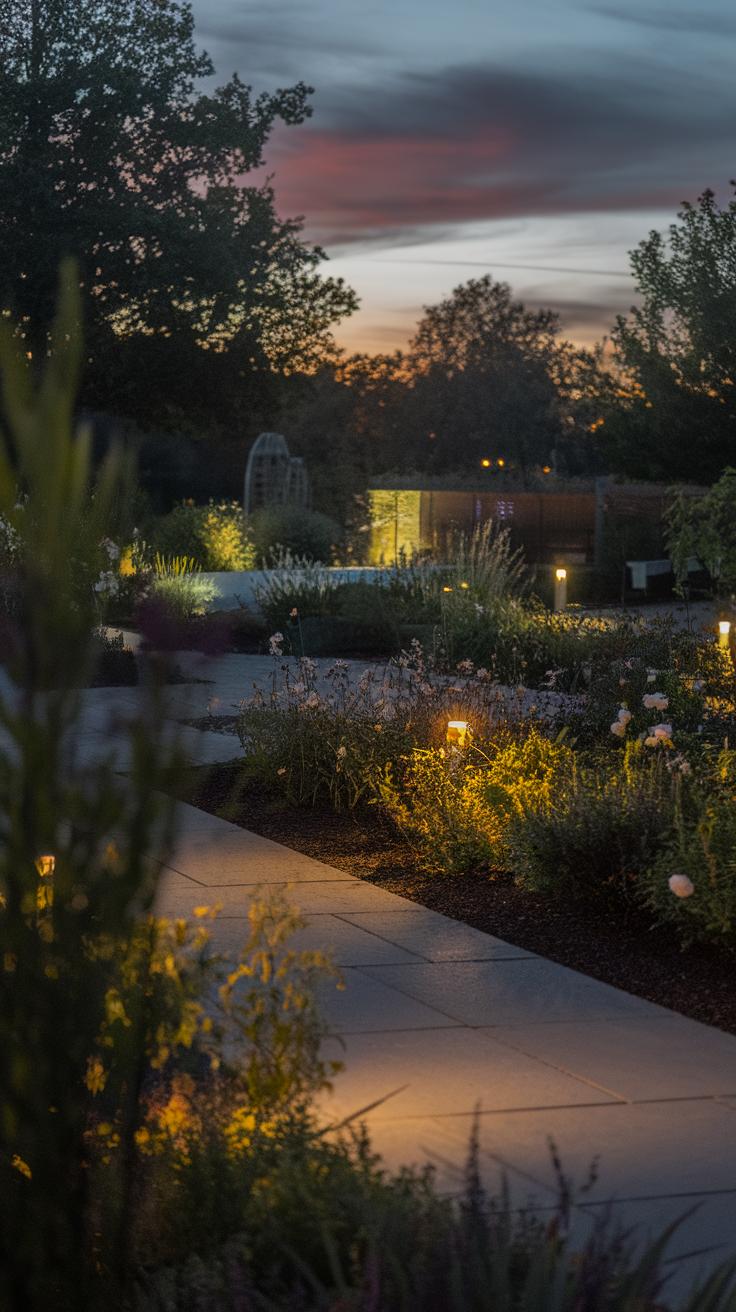
The Role of Garden Lighting in Design
Garden lighting plays a vital role in enhancing both the aesthetic appeal and functionality of outdoor spaces. Strategic placement of lights can highlight key features, such as elegant pathways, flowering shrubs, or captivating sculptures. Focused beams not only accentuate these elements but also create inviting focal points that draw the eye. Soft ambient lighting further contributes to the serene atmosphere, allowing gardens to transform into enchanted retreats when dusk falls.
Usability During Evenings and Nights
Effective lighting design increases usability, making outdoor areas enjoyable even after sunset. Well-lit seating areas, for instance, provide comfort and safety, inviting guests to linger longer. Task lighting along pathways ensures clear navigation, preventing hazards while enhancing the overall experience. Combining various lighting techniques, such as uplighting trees and downlighting from structures, creates layered effects that enrich the garden’s visual depth and create a harmonious outdoor environment.
Sustainability in Garden Design Promote Environmental Health Through Thoughtful Practices
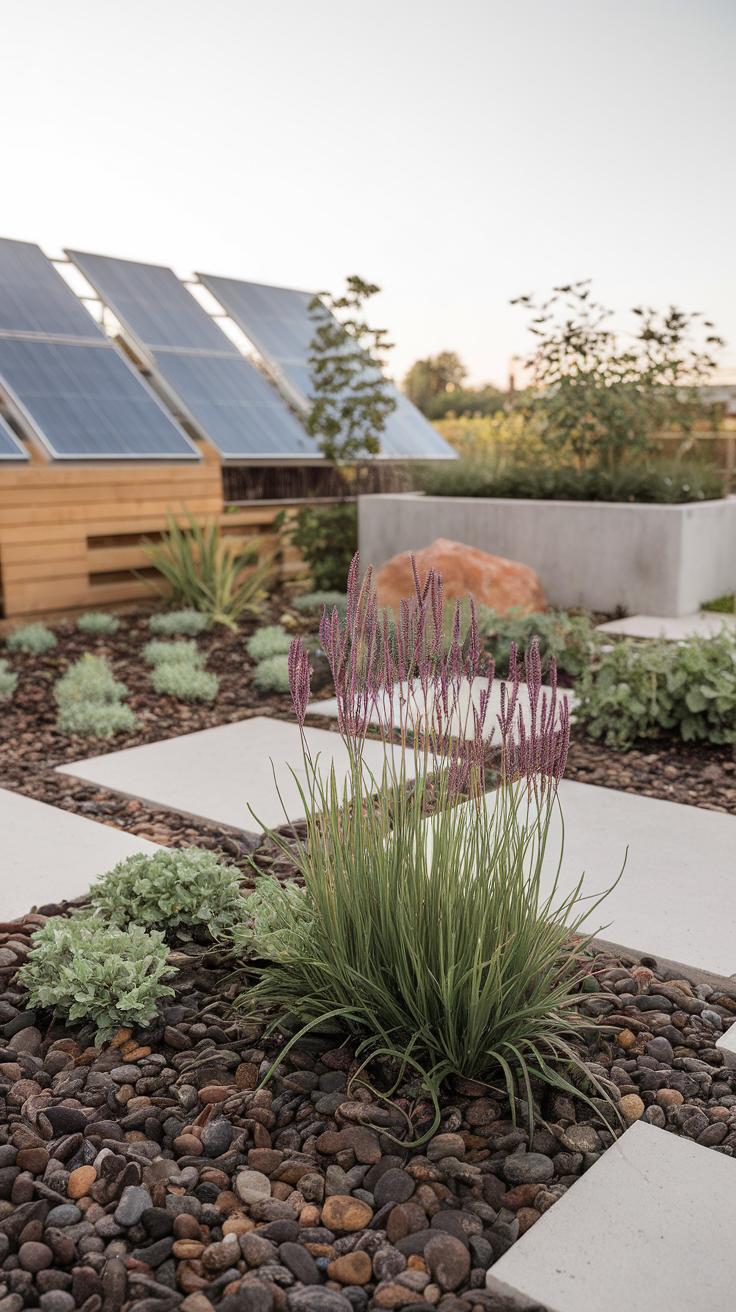
Integrating Eco-Friendly Design Principles
Sustainable garden design focuses on creating landscapes that enhance ecological health while minimizing resource consumption. Implementing native plant species plays a crucial role in achieving this, as these plants require less water and care, thriving in local climates and supporting native wildlife. Utilizing permaculture principles can further emphasize a cyclical relationship with the environment, promoting biodiversity and enhancing soil health.
Water Conservation and Resource Management
Incorporating rain gardens and permeable hardscapes is essential for effective water management. These features help mitigate runoff and encourage groundwater recharge. Mulching, xeriscaping, and drip irrigation are practical methods to reduce water use and maintain soil moisture. Emphasizing composting for organic waste recycling enhances soil fertility, while reducing landfill contributions. By integrating these sustainable practices, garden design can significantly impact environmental preservation and resource conservation.
Seasonal Considerations in Garden Design
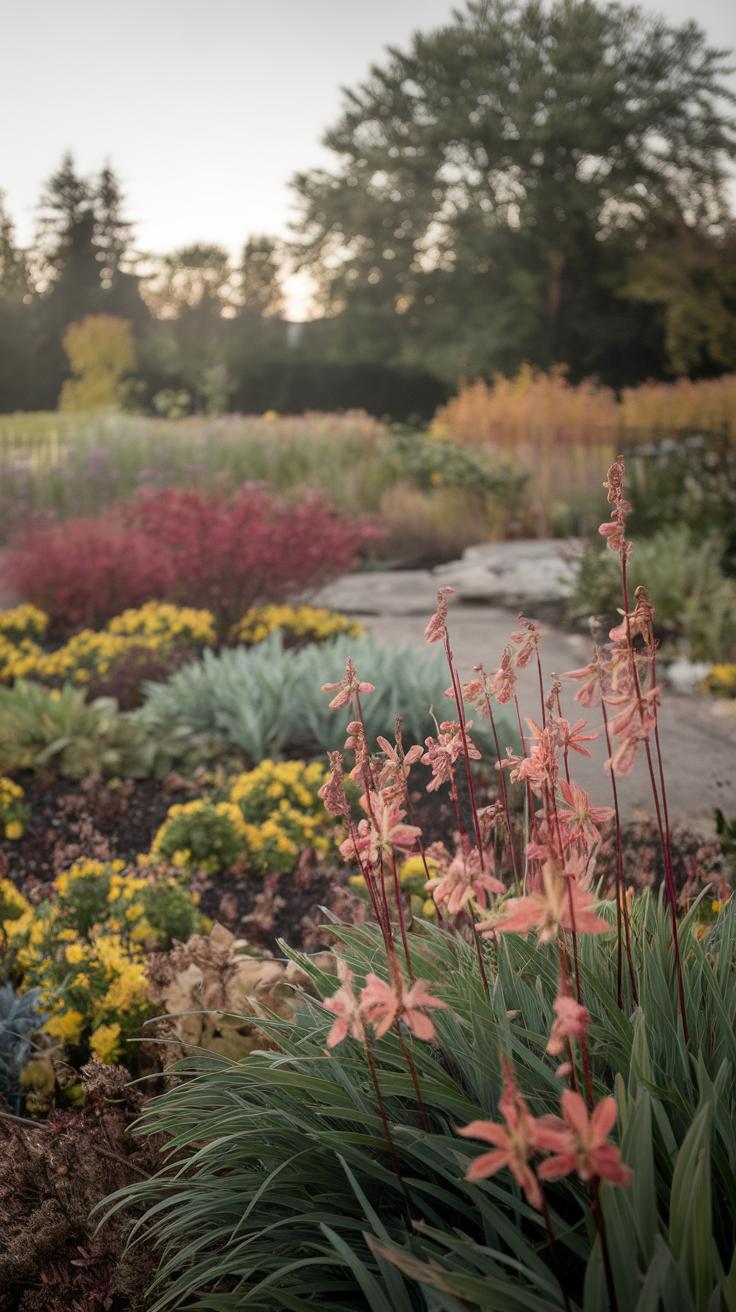
Understanding Seasonal Changes in Layout
Seasonal shifts play a pivotal role in garden design, influencing layout choices, plant selection, and overall maintenance. Each season brings unique conditions that affect how a garden is experienced. For instance, spring heralds vibrant blooms, while autumn offers a rich tapestry of colors. A well-planned layout must accommodate these changes by incorporating plants with extended seasonal interest, ensuring that the garden remains visually appealing year-round.
Informing Plant Selection and Maintenance Routines
Choosing plants based on their seasonal performance enhances garden aesthetics. Opt for early-blooming species alongside late-season perennials to create continuity. Understanding the local climate also aids in selecting plants that thrive through winter’s chill and summer’s heat. Regular maintenance routines should adapt with the seasons, focusing on pruning in late winter and mulching in fall. These practices ensure health and vitality, allowing the garden to flourish harmoniously throughout the year.
Evaluating and Adjusting Your Garden Design An Essential Aspect of Plot Arrangement
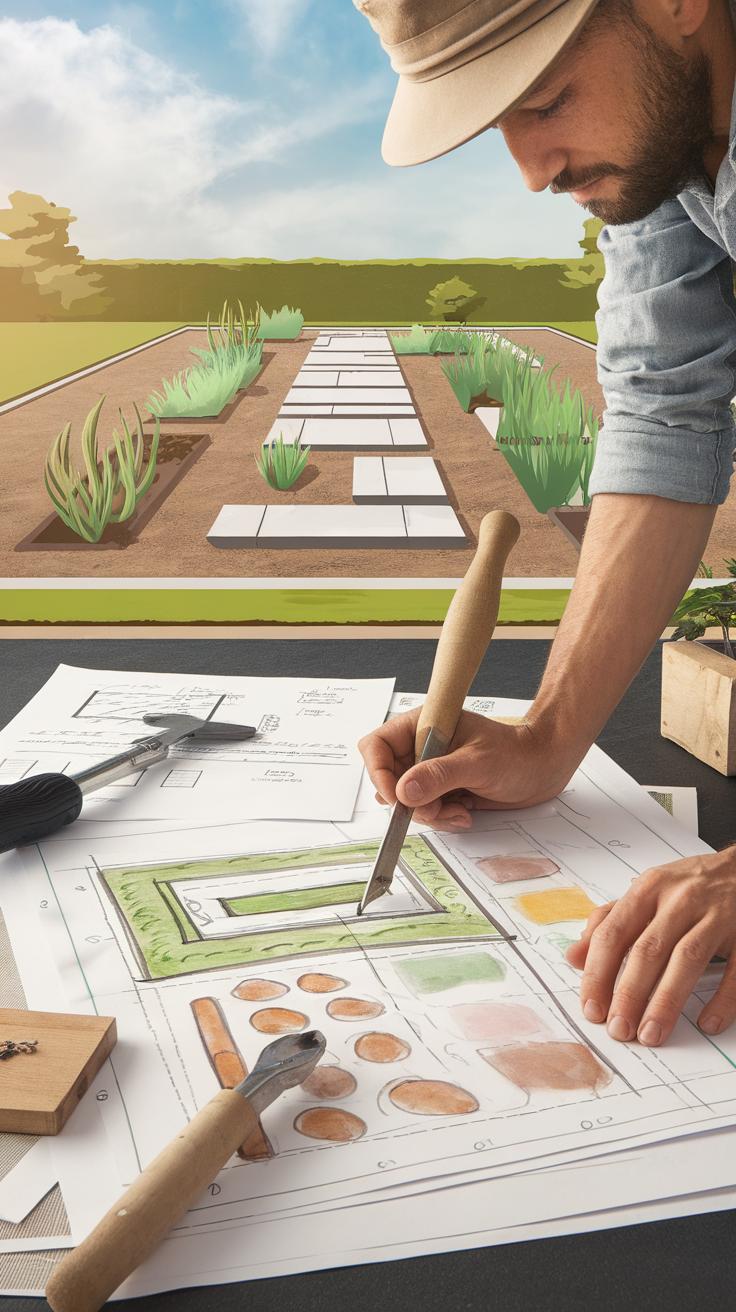
Assessing the Success of Your Design
Creating a visually appealing garden involves more than initial layout planning; ongoing evaluation plays a critical role in ensuring long-term satisfaction. Begin by observing how the space functions throughout various seasons, noting areas that thrive or underperform. This analysis includes assessing plant health, flower blooms, and even pathways. Analyzing these elements provides insight into microclimates, sun exposure, and interactions between plant species. Document your observations to serve as a reference point for adjustments.
Making Thoughtful Adjustments
As preferences change or unforeseen challenges arise, adapting your garden layout becomes necessary. Consider swapping out underperforming plants for those better suited to the conditions or your aesthetic wishes. Alternatively, modifying the layout—whether by introducing raised beds or altering plant groupings—can enhance visual appeal. Seasonal transitions may also necessitate temporary adjustments, such as incorporating seasonal flowers or repositioning garden decor to keep the design fresh and engaging.
Conclusions
A successful garden design layout blends aesthetic beauty with practical elements, ensuring a harmonious relationship between the landscaped area and the surrounding environment. From understanding local conditions to strategically planning the arrangement of plants and hardscape, thoughtful consideration leads to a flourishing garden that meets the owner’s goals and desires. Mastering these principles can significantly enhance the visual appeal and functionality of any outdoor space.
A well-planned garden serves not just as an attractive retreat, but also as a sustainable ecosystem that can be enjoyed for years to come. By applying the techniques discussed in this article, individuals can take the first steps toward cultivating their own stunning gardens, transforming their home landscapes into personalized havens of tranquility and beauty.



